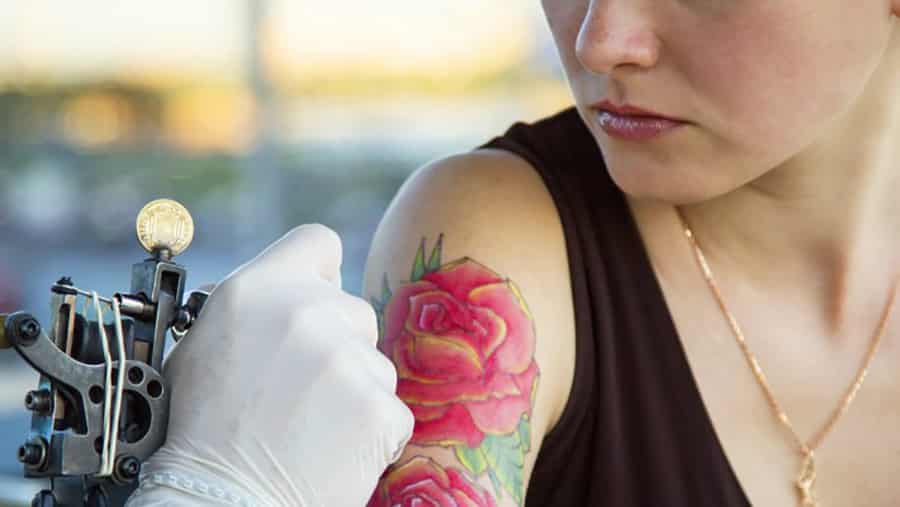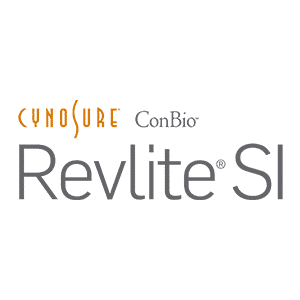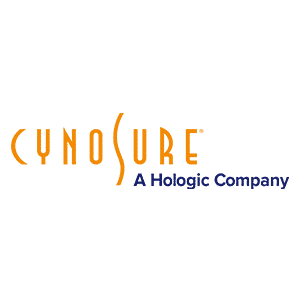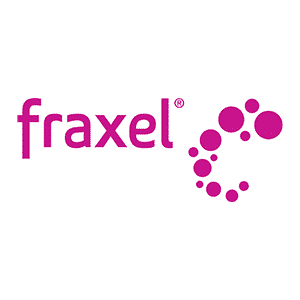The answer is you can’t be 100% certain! Did you know that there are no regulations or controls in Australia on Tattoo ink and what can or can’t be used! Whilst authorities regulate substances that you can ingest and there is regulation on cosmetics that are applied to the skin, there is no regulation on inks that are tattooed into the skin and designed to be permanent. How many people who get a Tattoo actually ask what is in the ink? Even if you asked, would the Tattooist really be able to honestly tell you.
Tattoo inks essentially consist of 2 components, the pigment and the carrier. The pigment provides the colour of the tattoo, whilst the carrier keeps the pigment evenly mixed and makes for easier application of the tattoo pigment into the skin.
Tattoo inks historically were made from ground up minerals and carbon found in the natural environment, but most modern tattoos often contain modern industrial metallic salts (eg oxides, selenides, sulphides), vegetable based pigments and plastic based pigments.
However, allergic reactions have been reported with many of the metals now commonly used in tattoo pigments, such as mercury in red ink, copper and cobalt in blue ink and cadmium in yellow ink.
Plastic based inks have also become popular as they can produce very intense colours. However plastic tattoo inks are commonly derived from Acrylonitrile Butadiene Styrene (ABS) a type of heat resistant plastic used in appliances, pipe fittings and luggage and injecting this into your skin can not surprisingly cause significant skin allergic reactions.
Another recent trend is to use Tattoo ink pigments that glow in the dark, or in response to ultraviolet light. These inks are potentially very risky and possibly radioactive with unknown long term health effects.
In cosmetic tattooing of eyebrows and lips inorganic materials such as Titanium Dioxide are now commonly used, but these inks can be particularly difficult to remove, even with the latest lasers. Brown eyebrow or lip liner tattoos often darken and turn black and look worse with laser treatment and can be very difficult to remove.
In the European Commission’s 2003 report on the health risks of tattooing, they found that many of the chemicals used in tattoos were originally intended for writing and printer inks or automobile paints, and that around 20% of coloured tattoos contained compounds considered carcinogenic (cancer causing).
Common solutions used as the carrier for tattoo pigment include ethanol, Listerine, propylene glycol and glycerine. However many other solutions have been used and continue to be used such as methanol, isopropyl alcohol, ethylene glycol (Antifreeze), formaldehyde and various detergents. Many of these solutions are regarded as toxic, and by toxic it includes effects such as mutagenic, carcinogenic, teratogenic as well as being involved in other reactions in the body that may not show up for many years.
When alcohol is used as part of the carrier base, (or to disinfect the skin before tattooing), it can alter the skin permeability and allow even more toxic chemicals into the bloodstream as well as potentiate the effects to make these chemicals even more harmful.
Whilst it might seem logical to check if someone is allergic to a particular tattoo ink by a skin test before having a tattoo, this is rarely if ever done. People getting tattoos are generally impulsive by nature and having a skin test to check if it is safe is not a consideration, just as it is not to consider if one might regret getting a particular tattoo in the future.
Even with tattoo ink ingredients that are plant based or considered safe and not toxic, it needs to be recognised that no long term studies have been conducted to confirm they are actually safe to inject permanently into the skin.
From the perspective of laser tattoo removal, not knowing which substances are actually in the tattoo ink (both tattoo pigment and the tattoo carrier), as well as how much tattoo ink has been used and how deep the tattoo ink has been inserted into the skin, makes it impossible to accurately predict how many treatments might be necessary to breakdown and remove the tattoo ink.
The bottom line is that there is no regulation in Australia on what can be used in Tattoo inks and there is a recognised risk of possible allergic reactions and unknown long term side effects from many of the components now commonly used in tattoo inks. Few people getting a tattoo stop to think they are possibly being injected with a combination of photocopier ink and Listerine or Anti Freeze!













